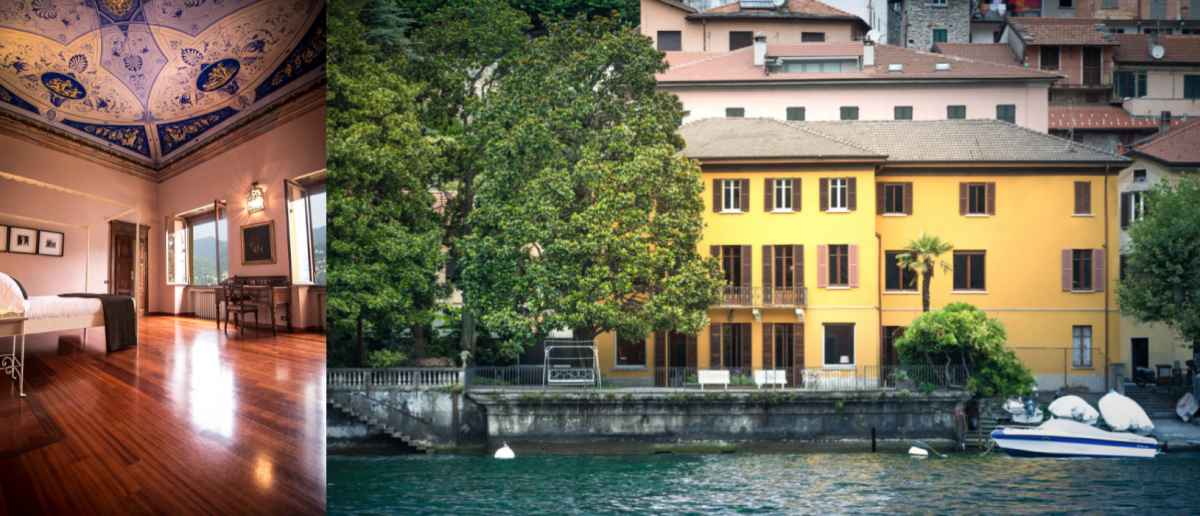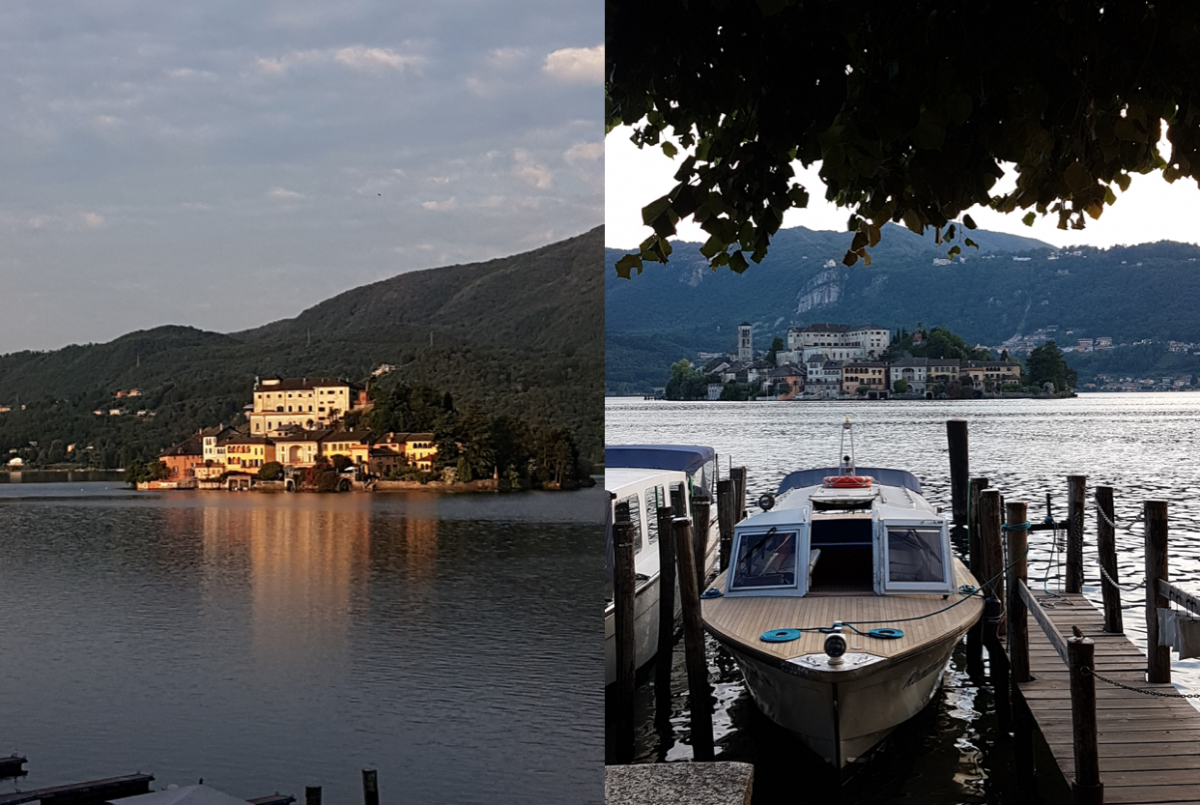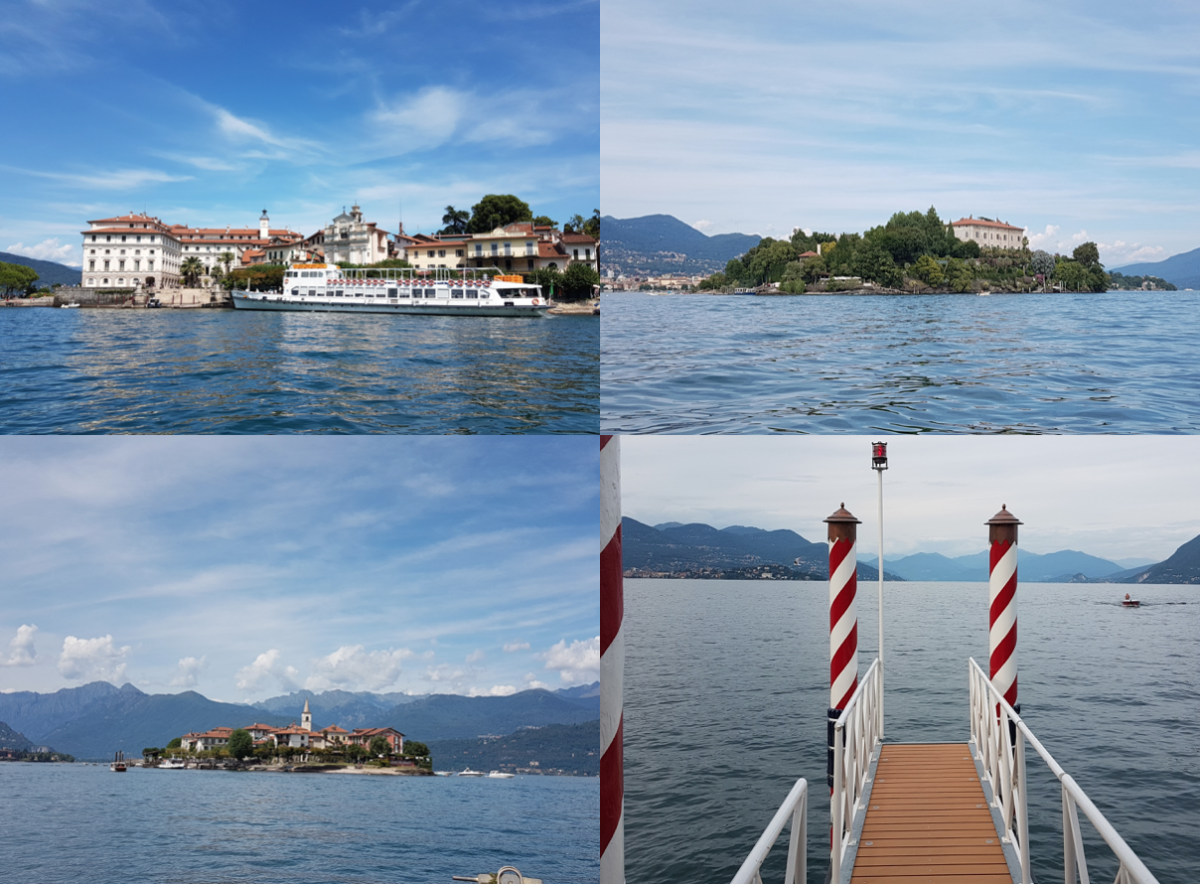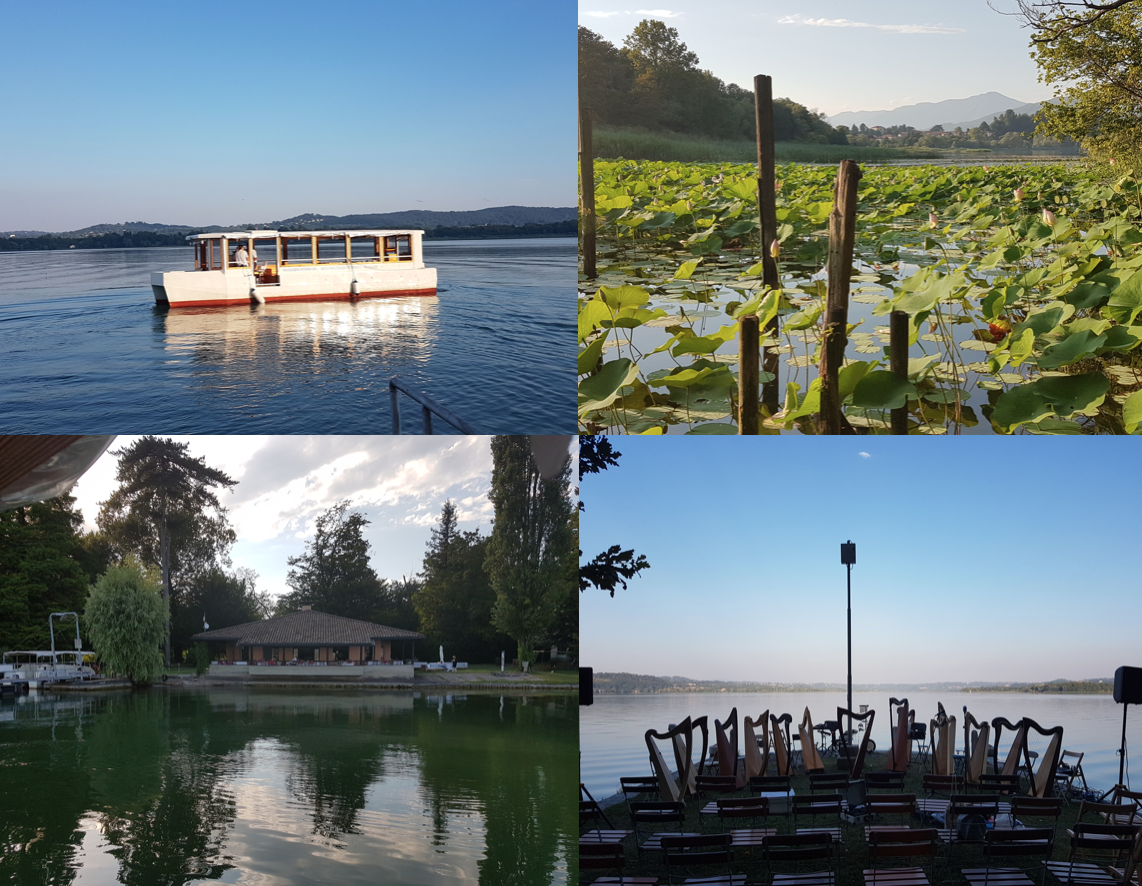Lago di Como
Villa Rosa Tea is our new discovery on Lake Como, otherwise know for grand hotels, and one particular celebrity. Our find is an historic maison which dates back to 1870, with its own private lakeside gardens and a darsena – this is our all-time favourite word in the Italian language, meaning boathouse. The daydreams start rolling right here…! Francesca and Lucia, the sisters behind this impressive structure, have overseen every exquisite detail and they run the property first-hand, ensuring all areas are up to their own personal and impeccable standards. This private villa is made for a dream vacation surrounded by nature, mingling with the scents of flowers typical of the region, paired with local dishes prepared by a chef who is on duty as required. Enjoy the most beautiful lake in the world – if you are in the area this summer, you must dash in to see it!

Lago d’Orta
Meanwhile, in the same region of this Italian Lake district, enjoy a stroll in the early morning sun which warms up the mists around the monastery on the island of San Giulio on Lake Orta. This jewel of a lake lies in the Piemonte region, and the monastery on the island sees the nuns wake up every day to the most exceptional views, looking onto a place where time has stood still and has no measure. Sadly, there is no way of staying on this island, but there are some exquisite villas and classic hotels around the shore, which have a panorama of San Giulio.
 “The Italian Lakes are the wonder that time forgot. Once top of the bucket list on the Grand Tour, modern grand tourists have been seduced by long-haul wonders in the Far East, India and the Antipodes. The millennials think there is only one lake (Como) and one person goes there (George Clooney). And they’ll go there one day, when they’re old, as meanwhile there’s such a lot of world to see,” quotes Victoria Mather, in her in-depth travel feature in Vanity Fair. “In short, the Italian Lakes have become like the British Museum or the National Gallery: absolutely marvellous, we’re thrilled they are there but rarely visit, as they are in our own backyard.”
“The Italian Lakes are the wonder that time forgot. Once top of the bucket list on the Grand Tour, modern grand tourists have been seduced by long-haul wonders in the Far East, India and the Antipodes. The millennials think there is only one lake (Como) and one person goes there (George Clooney). And they’ll go there one day, when they’re old, as meanwhile there’s such a lot of world to see,” quotes Victoria Mather, in her in-depth travel feature in Vanity Fair. “In short, the Italian Lakes have become like the British Museum or the National Gallery: absolutely marvellous, we’re thrilled they are there but rarely visit, as they are in our own backyard.”
Lago Maggiore
The longest lake at 65km and the largest in Italy, this is the “sister” lake to the others (possibly the elder sister), reaching from the Swiss border down to Sesto Calende, where it becomes a tributary of the River Po. Dotted with islands, the main three not to miss are Isola Bella for its gardens inspired by Versailles, Isola Madre for the botanical gardens and the papalce of the Borromeo family who still own most of the lake, and Isola dei Pescatori. Try to get to the latter around lunch or dinner-time, to book the Toscanini table with an outrageous view at Hotel Ristorante Verbano. Otherwise, aim for the newly opened Osteria ARA36, built in the original shop of Ugo Aga who used to “ride the lake” on a floating motorcycle – although you don’t have to travel this way nowadays! Simply take a boat from Stresa, Baveno, Carciano, Pallanza, Intra, Laveno, Angera Locarno or Arona – there is plenty of choice for one lake.

Lago di Varese
A small, still but very pretty lake – often used for training international rowing teams and in particular for Olympic teams. The lake has its own small island too – Isolino Virginia, a prehistoric pile dwelling. This romantic spot on these tranquil waters became a Unesco World Heritage site in 2011, and is also a nature reserve, surrounded by lotus flowers, reeds, lillies and wild trees. It now also hosts colourful summer events and concerts on the island. Arrive by 7pm in Biandronno to take the only ferry there is to the island’s only restaurant, La Tana dell’Isolino, now run very successfully by the Tana dell’Orso of Mustonate, followed by an experience you can only enjoy on a Friday or Saturday night, where you can be surprised by talks on ecology or on cookery, or even concerts such as a 25-strong harp recital or a 6-piece jazz band. As well as being a haven for flora and bird watching, the island also houses a priceless archaeological park which has an age-old Neolithic structure on display, casually in the grass, dating back to 4800-4680 BC.
